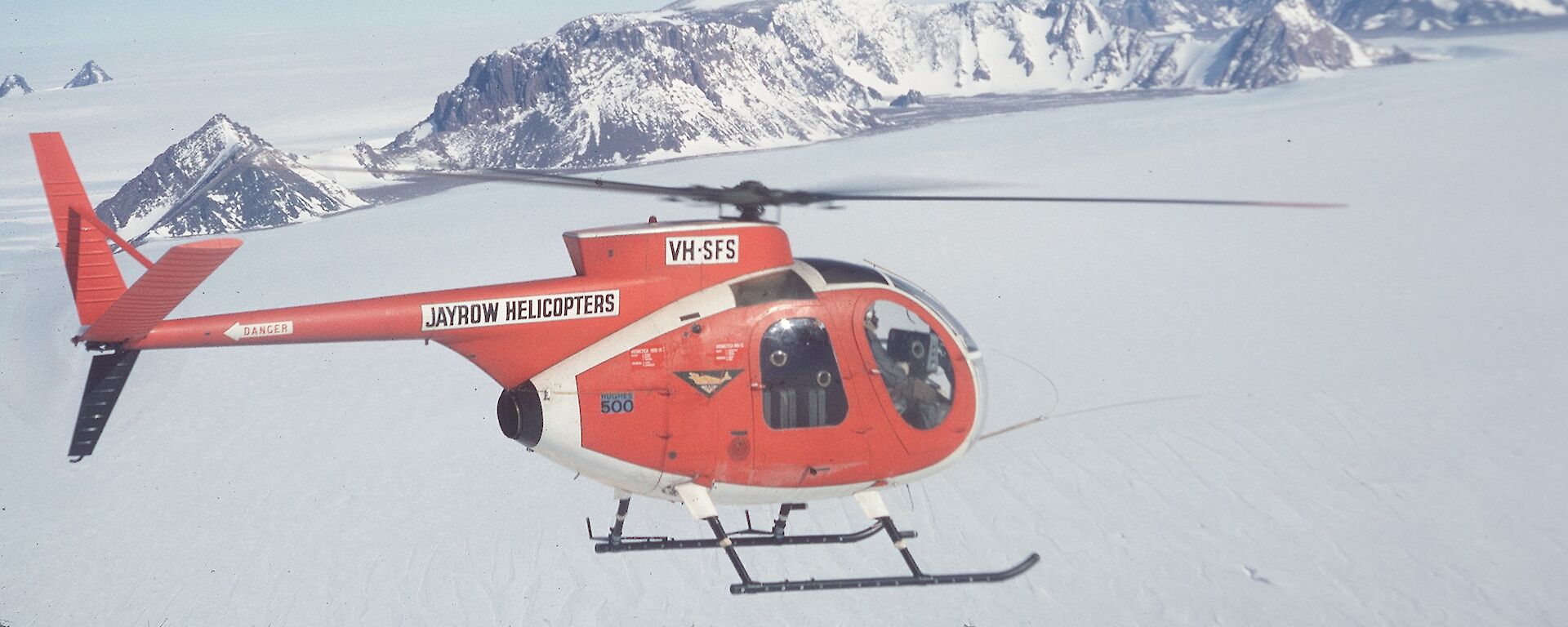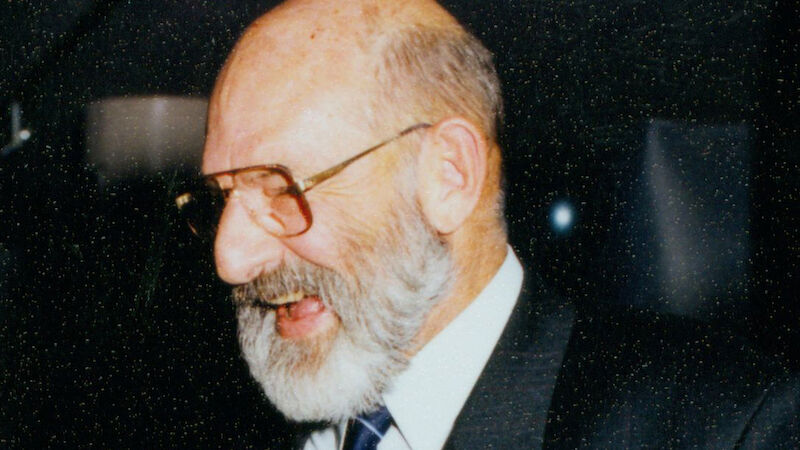Antarctic achievements
A quiz question might well ask: ‘Who has explored and surveyed the most Australian territory?’ The answer is not Burke and Wills, or another famous Australian explorer. It is Sydney ‘Syd’ Kirkby; a pioneer surveyor who served in the Australian National Antarctic Research Expeditions (ANARE). Kirkby personally surveyed more Antarctic territory than any other explorer — including Scott, Shackleton and Mawson.
In 1956, during Kirkby’s first year in Antarctica wintering at Mawson station, surveyors were beginning to develop the technique of using daylight stars to make an astro-fix from rocky features in Antarctica – essential for accurate mapping. Before this, it had been standard practice to use only sun sights which gave rise to many problems in Antarctic conditions. At the time, surveying was heavy work often involving rock climbing on peaks carrying heavy packs laden with equipment.
In what was a pioneering journey, on his first expedition Kirkby was part of a three man party to survey the Prince Charles Mountains with dog sledge teams. In 1960, his party undertook a remarkable 400km sledging traverse through Enderby Land from the Napier Mountains to Mawson station. He participated in coastal exploration and surveying traverses in the summers of 1961–62, 1962–63 and 1964–65, mapping an extraordinary amount of Antarctic territory.
By 1964, the astro-fix had largely been replaced by electronic distance measuring. However, it was still necessary for surveyors to reach the pinnacle of the peak carrying batteries, theodolite and other essential gear. The ‘hardest and longest’ climb of Kirkby’s career was on Leckie Range in early 1965. He had to hang off the peak with a rope around his waist to sight his theodolite. During the six-hour climb, a rope broke causing him to fall nine metres with a 40kg pack. Although injuring his back and neck, he continued the climb and finished the work. Later, he went on to climb Leckie Range a further three times.
Awards and honours
Several Antarctic features bear his name: Mount Kirkby, Kirkby Glacier, Kirkby Shoal and Kirkby Head. Awarded an MBE for services in Antarctica, he also received the Polar Medal in 1957.
Seizing all the Antarctic pioneering opportunities available to him, Kirkby marvelled at his good fortune:
We’d climb a mountain peak and look out and say: ‘Wow! In all time, certainly no human being and probably no creature has ever seen it.' It’s a funny feeling, It’s not a possessive feeling, it’s a privileged sort of feeling — ‘How did I get this lucky?'



